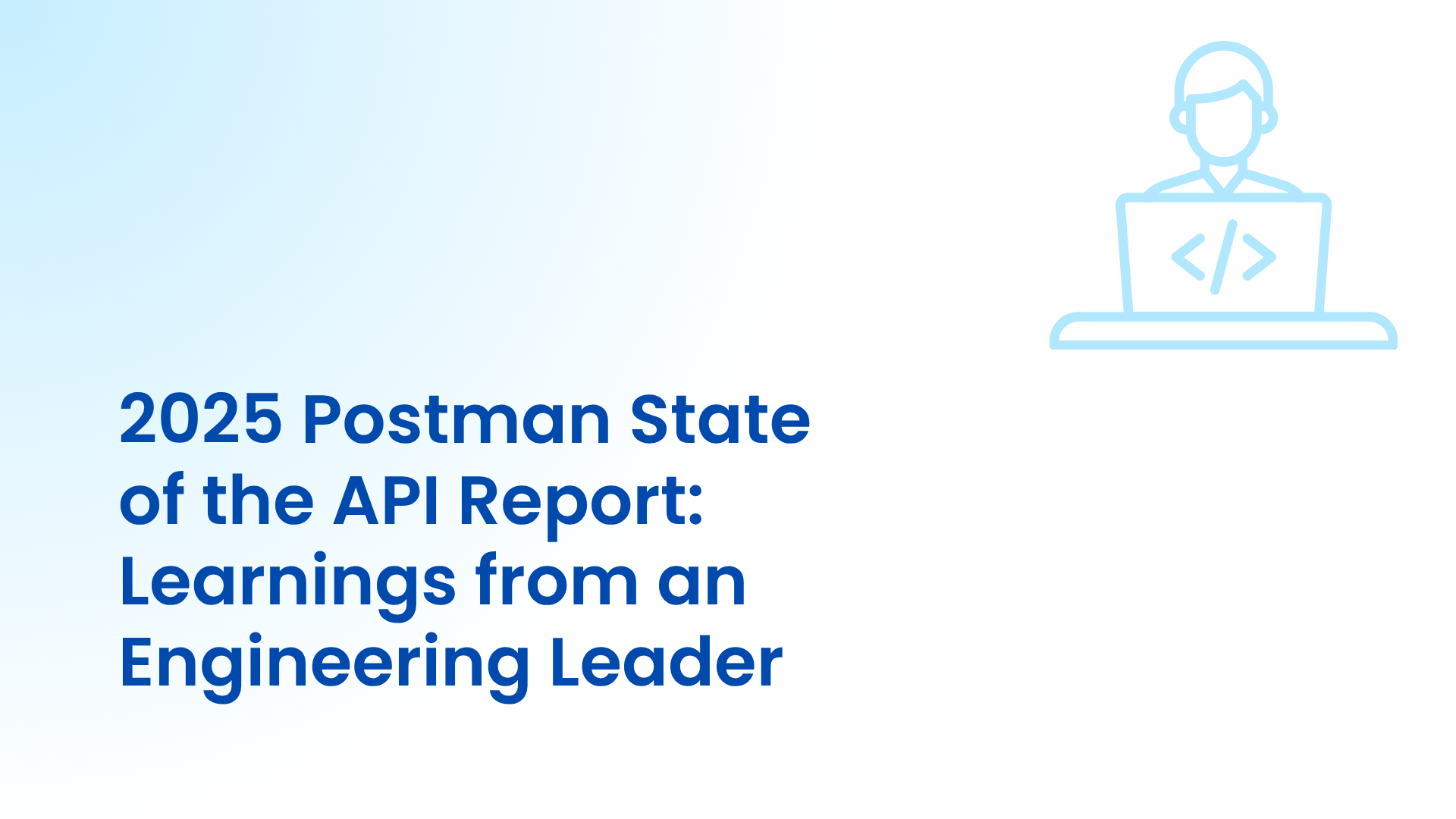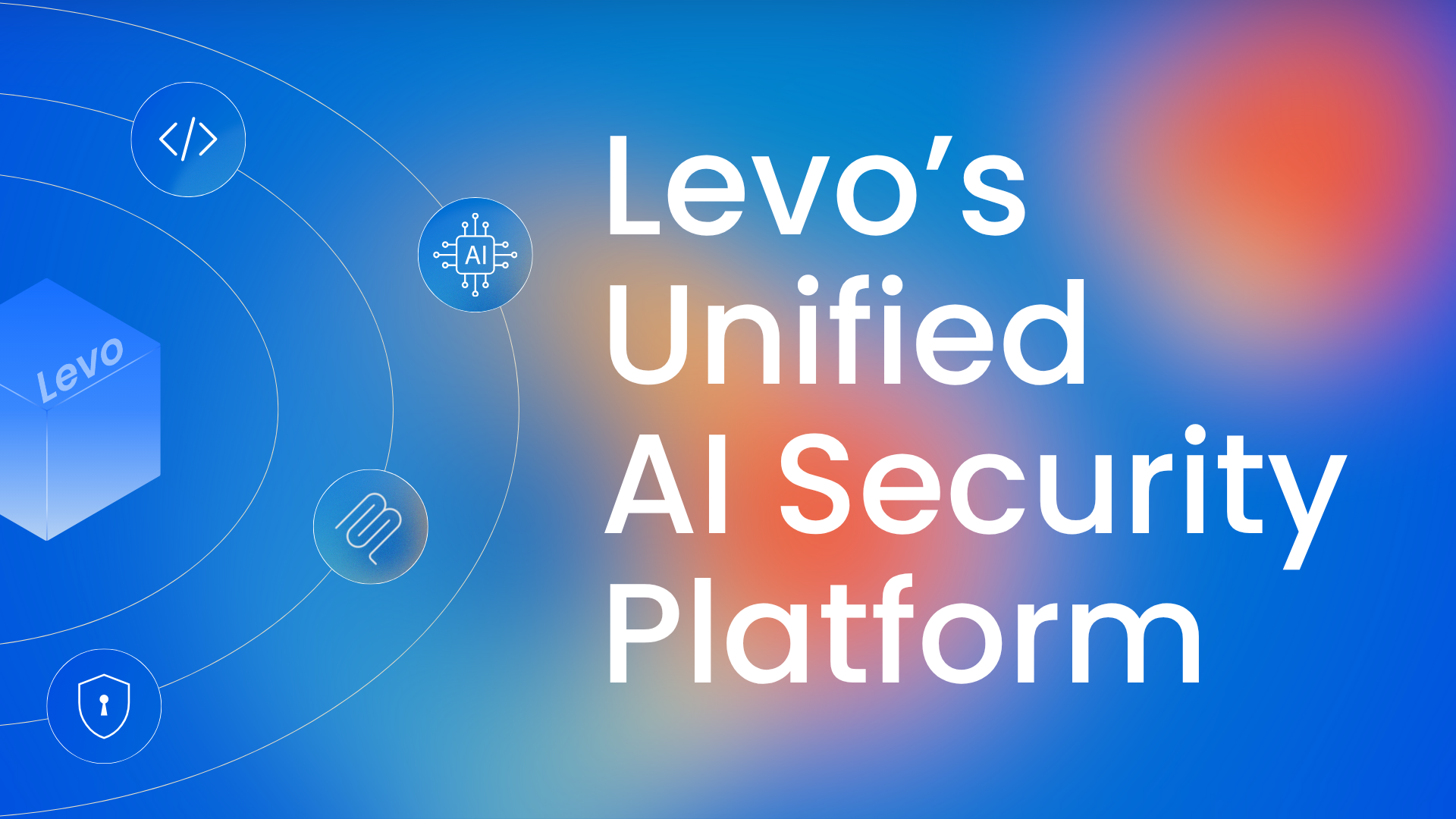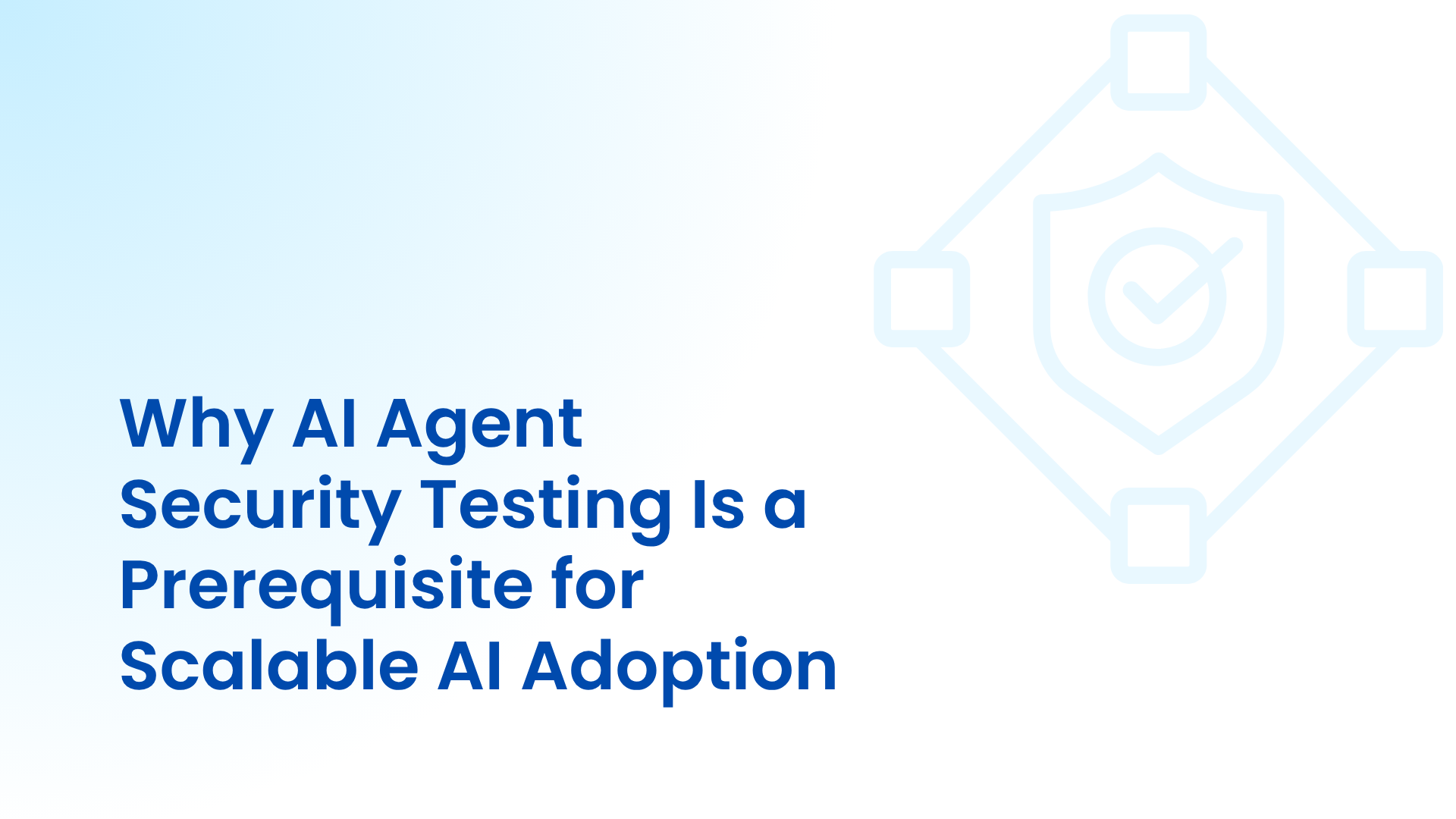AI agents are emerging as the new growth engines of the enterprise, by contributing reduced overhead, increased offering and measurable revenue impact. 51% of organizations already deploy AI agents and 35% more planning to within two years.
They no longer wait for human-triggered requests but autonomously decide when and how to act by querying APIs, invoking MCP tools, retrieving context, and executing live changes across systems. This autonomy accelerates everything from ticket triage to policy enforcement, compressing operational lag into near real-time execution.
However, attackers can weaponize agents through poisoned prompts, manipulated retrievals, or hijacked tool scopes, turning helpful automation into a channel for data exfiltration, security incidents and operational disruption.
Legacy protection tools when utilized for modern applications already plague fatigued teams with noise, alerts and false positives that demand endless triage and delay real action. As AI agents enter the picture, this problem multiplies. Their dynamic, autonomous behavior makes it nearly impossible for legacy systems to separate real threats from background noise. The result is alert fatigue, slower response, and blind spots where it matters most.
This blog outlines the unique challenges that arise due to AI agents, and why noise-free, accurate and actionable protection mandates runtime visibility.
Why AI Agents Are Powerful and Why That Power Is Risky
Unlike traditional chatbots or predictive AI that only generate responses, AI agents act. They connect to APIs, MCP servers, databases, SaaS tools, and LLMs to perform real tasks such as issuing refunds, approving payments, resolving tickets, or updating records. This ability to take action, not just analyze, is what makes them transformative.
Every action depends on access to data, credentials, APIs, and systems. That access is what gives agents power but also makes them prime targets for abuse.
Why Exploitation in Runtime is Probable and Costly
82% of AI enterprises report sensitive data access by agents, with 58% saying it happens daily. A single poisoned prompt, misconfigured connector, or over-permissive token can push an agent beyond its intended scope in seconds causing risk.
Agents can wander into systems they weren’t meant to touch, leak sensitive data, or even spawn sub-agents that inherit and expand those privileges. With plans evolving dynamically at runtime and humans removed from the execution loop, these risks become systemic rather than isolated.
Why Legacy Defenses like WAFs fail against Agents
Legacy security tools were never designed for this kind of runtime, composite access. Here’s why edge-centric defenses like WAFs fail against agent behaviors.
Traditional perimeter defenses like Web Application Firewalls (WAFs) and intrusion detection systems were never built for the world of AI agents. They work well at blocking suspicious incoming traffic or filtering static web requests, but they fail completely in machine-to-machine communication i.e. east-west traffic.
AI agents do not operate at the edge; they act within internal systems, querying databases, invoking APIs, triggering workflows, and interacting directly with business logic. By the time an agent makes a risky call or executes an unintended action, the WAF has no visibility. The threats are now emerging inside the perimeter, and legacy defenses are effectively blind.
1. Edge-Only Blindness
WAFs live at the boundary, not in the application or orchestration layer, where AI agents operate. They see traffic entering or leaving the environment, but most agent activity happens inside: one system calling another, data being enriched, workflows being triggered.
These internal flows never cross the network edge i.e. WAFs cannot detect or block them. Once an AI agent is authorized, its actions are trusted by design. This is precisely when the risk begins, after access has been granted.
2. Ephemeral, In-Memory Activity
Many agent interactions occur in-memory or via API calls that do not traverse traditional network choke points. For instance, an agent might call an internal microservice or query a database directly from an application server. To a firewall or IDS, this appears as normal encrypted traffic, not a distinct security event.
Ephemeral agents spin up and terminate rapidly, often as containerized or serverless functions that exist only for seconds. Traditional endpoint and network monitoring tools expect long-lived sessions, so these transient actions vanish before they can be correlated or logged.
By the time a SIEM registers unusual behavior, the process has already disappeared. Conventional products are not built to trace distributed, volatile agent workflows that unfold across multiple services in milliseconds.
3. Decentralized Flows and Lack of Context
AI agents rarely interact with a single application. They chain across multiple systems in one sequence: pulling data from a CRM, enriching it through an LLM, then pushing results into a ticketing or finance system. Each legacy tool sees only a fragment of this chain, the WAF at the API gateway, DLP at email, EDR at endpoints, but none see the full picture.
An attacker or misconfigured agent can abuse these seams, performing a series of benign-looking steps that together create a dangerous outcome. Each action may appear legitimate in isolation, yet in aggregate it represents data leakage, privilege escalation, or policy violation.
4. Agent-to-Agent Invisibility
Legacy defenses have no concept of AI-to-AI interaction. Two agents can communicate internally through shared memory, message brokers, or databases without ever crossing monitored boundaries.
To a firewall, it looks like normal system traffic, but in reality, one compromised agent could be instructing another to execute an unauthorized operation. This is the AI equivalent of insider lateral movement, invisible to perimeter tools and impossible to trace with existing logging systems. The absence of AI-aware policy enforcement means organizations cannot see, let alone control, these agent conversations.
5. Ambiguous Identity
Distinguishing between human actions and agent-driven activity is nearly impossible with current log sources. For example, if an agent uses an employee’s OAuth token to access a CRM API, the logs record the employee’s account performing the action, masking the agent’s involvement. This ambiguity undermines audit integrity and incident response.
SIEM rules designed to detect anomalies in human behavior may flag the wrong activity or ignore agent operations entirely. Since agents operate faster, in parallel, and continuously, traditional user behavior analytics become unreliable. Without agent-aware identity tracking, security teams cannot reliably trace actions, investigate anomalies, or meet compliance requirements. Current IAM and monitoring models assume a human or bounded service, not a continuously acting AI process.
6. Delayed Value due to Black Box Nature
Their black-box design demands heavy configuration and constant tuning, consuming time and resources while delivering limited and delayed value, often taking quarters before enterprises see any measurable protection.
White-box on the other hand does not need configuring and thus delivers only valuable insights without noise, making it feasible for teams to provide effective runtime protection.
The Consequences of Blind Spots
When AI agents go unchecked, the consequences can be catastrophic. A single misconfigured or compromised agent can trigger large-scale data leaks, financial loss, compliance violations, or operational outages. Healthcare agents could expose patient data and breach HIPAA.
Financial agents might leak customer records or issue unauthorized transactions. IT agents could misconfigure production systems or wipe datasets in seconds. These incidents carry immediate business costs such as regulatory fines, reputational damage, and erosion of customer trust. The impact is so that an average AI breach costs $4.8M, which is way higher than industry averages.
The problem compounds with adoption. Each new agent, connector, or token adds another unmonitored pathway inside the enterprise. High-profile AI missteps have already shown how quickly fear can stall deployments. Security concerns are now the leading reason executives delay scaling AI initiatives so much so that 37% of enterprises cite it as the top barrier to adoption.
Levo’s Runtime Protection for AI Agents
Levo’s Runtime Protection for AI Agents is purpose-built to close these blind spots. It provides continuous runtime AI visibility, contextual blocking, and adaptive enforcement within the live runtime. This ensures that every agent action, whether autonomous or chained through other systems, stays within defined boundaries.
Why Levo’s Blocking Fits Agentic Reality
Traditional defenses have visibility into only human to machine communication i.e. north-south traffic, whereas Levo understands both: human to machine (north-south) and machine-to-machine traffic (east-west).
It understands agent behavior across sessions, capturing both machine-to-machine and agent-to-agent interactions pre-encryption with complete context.
The result is enforcement that’s not binary but intelligent i.e. whitebox that doesn't need configuring and thus delivers only insight without any noise from day 1. Levo’s blocking decisions are driven by identity, scope, data sensitivity, and session state.
This context-aware blocking ensures that only malicious or policy-violating actions are stopped, while legitimate traffic flows without disruption. Unlike blunt perimeter rules, Levo’s blocking adjusts dynamically to runtime conditions, eliminating false positives and preserving operational velocity.
For enterprises, the business impact is immediate. Agent deployments can scale confidently without human approvals slowing things down. Every alert from Levo is actionable and real, powered by continuous runtime visibility that distinguishes genuine risk from noise. Kernel-level eBPF sensors capture live agent activity without SDKs or code changes, and only scrubbed metadata leaves the environment, ensuring privacy, compliance, and zero data exposure.
Teams can trust that each autonomous decision aligns with policy, even when no human is in the loop.
Levo’s Runtime AI Agent Blocking
1. Identity-Based Blocking
Levo validates every agent action against an approved identity, whether human, service, or delegated token. This prevents shadow agents and impersonation attempts that exploit shared credentials. By enforcing zero-trust principles at runtime, Levo ensures that no agent operates outside of verified identity boundaries.
2. Agent-to-Resource Enforcement
Levo stops agents from invoking unauthorized APIs, MCP functions, or vendors. If an agent session drifts beyond its intended scope, Levo terminates the call or session instantly. This prevents scope creep and keeps agents contained within approved data and functional boundaries, minimizing both operational and compliance risks.
3. Agent-to-Agent Enforcement
Levo monitors agent-to-agent interactions and blocks unauthorized delegation or chaining between them. This control eliminates lateral movement and cascading compromises, i.e. problems that legacy systems cannot even observe. By mapping and governing inter-agent traffic, Levo turns what was once invisible into a fully governed runtime layer.
4. Data Flow Protection (AI DLP Enforcement)
Levo inspects data flowing between agents, APIs, and external systems to detect and redact PHI, PII, secrets, or proprietary IP. It blocks unsafe data transmissions before they leave secure environments, ensuring regulatory compliance and preventing costly leaks that could trigger breach notifications or fines.
5. Adaptive and Context-Aware Blocking
No two agent sessions are identical. Levo’s adaptive enforcement continuously adjusts blocking thresholds based on runtime context—identity, sensitivity, recent behavior, and session state. This balance of precision and adaptability maintains business continuity without sacrificing security.
Beyond Runtime AI Agent Protection, Complete AI Security
Levo extends beyond runtime protection to cover the full spectrum of AI security. Its breadth spans MCP servers, LLM applications, AI agents, and APIs, while its depth runs from shift-left capabilities like discovery and security testing to runtime functions such as monitoring, detection, and protection. By unifying these layers, Levo enables enterprises to scale AI safely, remain compliant, and deliver business value without delay.
Book a demo through this link to see it live in action!


.png)

.png)


